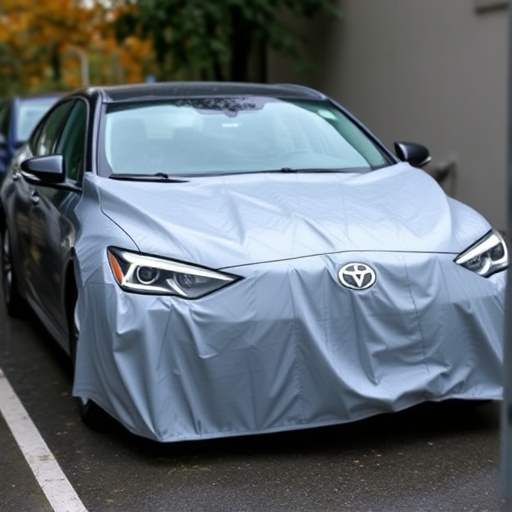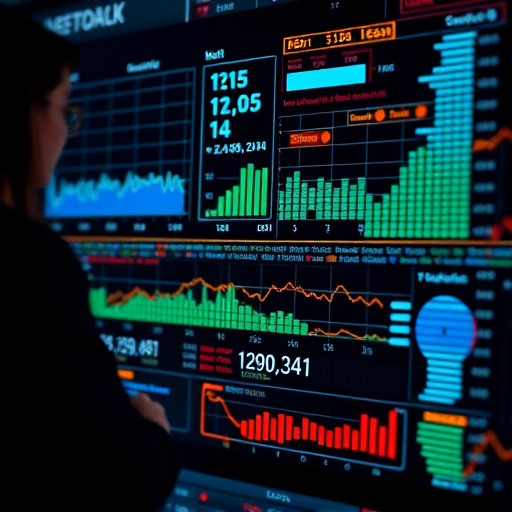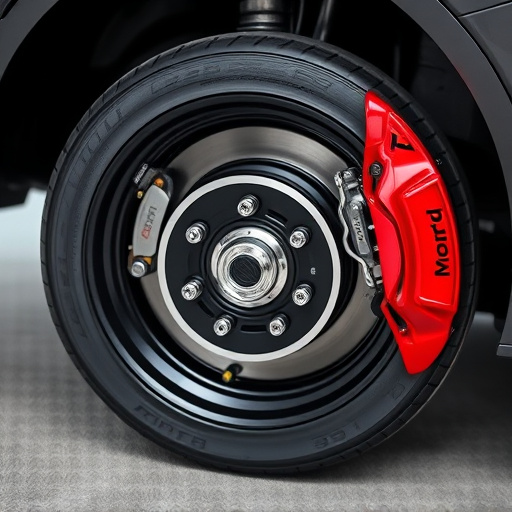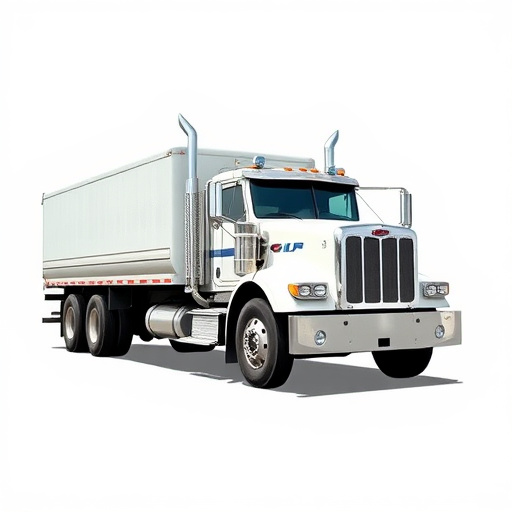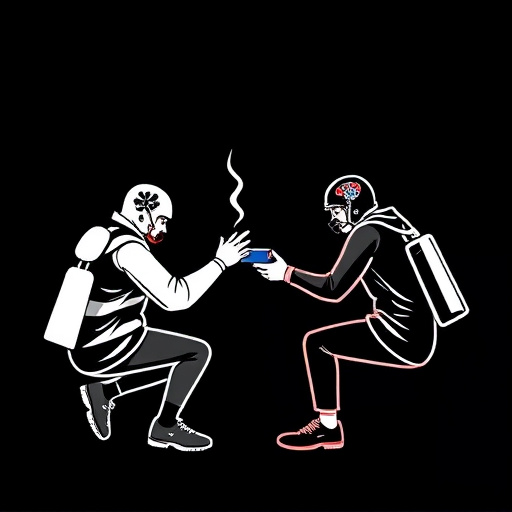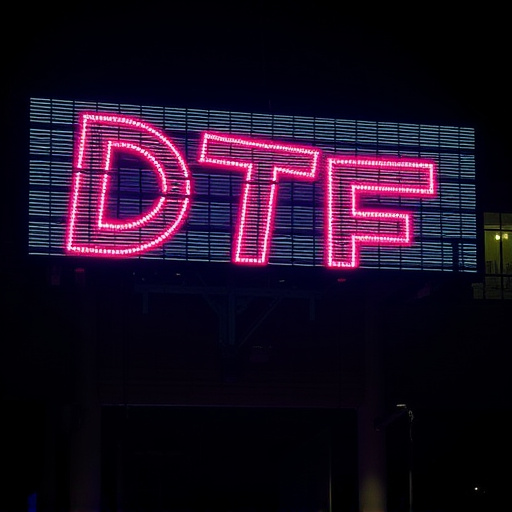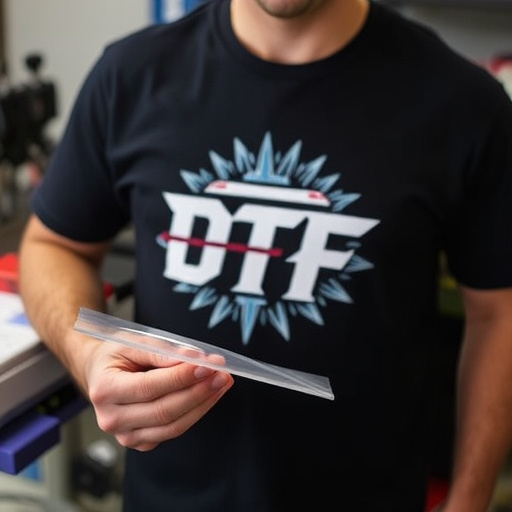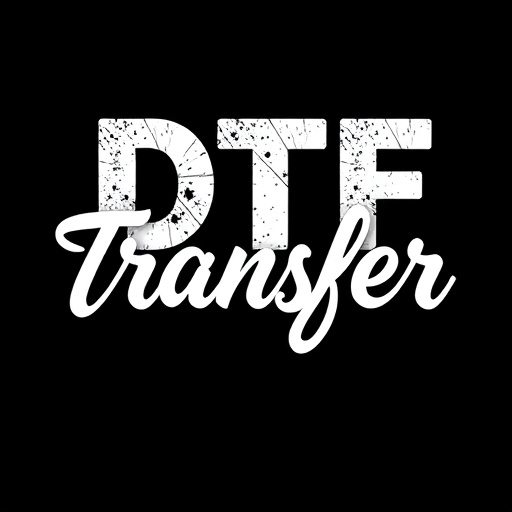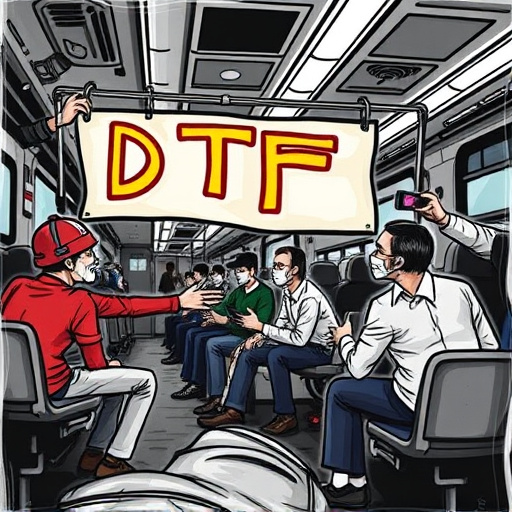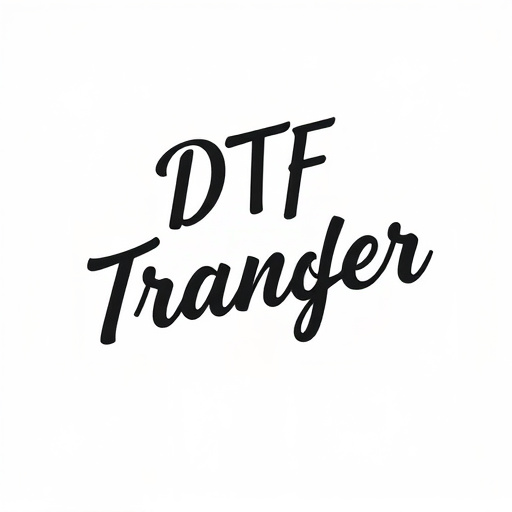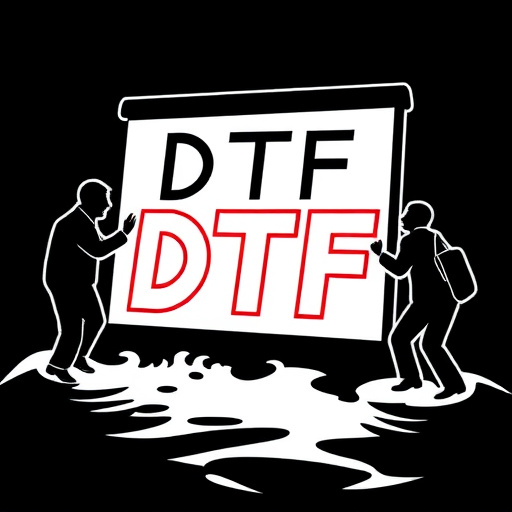Bulk DTF (Direct to Fabric) transfers offer a cost-effective and efficient solution for printing on various materials at scale. This method uses specialized equipment to directly transfer ink onto fabric, eliminating complex setup processes. Ideal for high-quality designs on items like t-shirts and phone cases, it ensures consistent quality across large orders. Pricing strategies should consider economies of scale, material costs, labor, design complexity, market demand, and competition, aiming for competitive rates in the DTF printing industry. Transparent communication highlighting versatility and customization options builds trust with clients.
In today’s competitive market, understanding bulk DTF (Direct-to-Garment) transfers is crucial for pricing products strategically. This guide delves into the world of bulk DTF transfers, highlighting their benefits in streamlining production and enhancing efficiency. We’ll explore key factors influencing product pricing, such as material costs, labor rates, and unit volumes. Additionally, we provide actionable strategies to implement a successful pricing model tailored for DTF transfer businesses.
- Understanding Bulk DTF Transfers and Their Benefits
- Key Factors to Consider When Pricing Products
- Implementing a Successful Pricing Strategy for DTF Transfers
Understanding Bulk DTF Transfers and Their Benefits
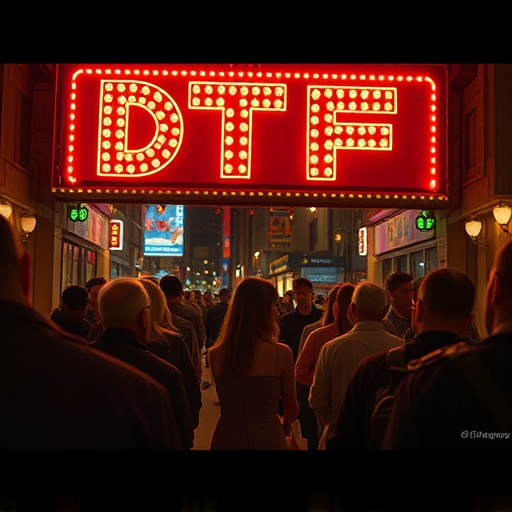
Bulk DTF (Direct to Fabric) transfers offer a cost-effective and efficient method for printing on various materials, making them an attractive option for businesses and individuals looking to create custom products at scale. This technique involves transferring ink directly onto fabric or other surfaces using specialized equipment, eliminating the need for intricate set-up processes typically associated with traditional screen printing. DTF transfers are particularly beneficial for producing high-quality, detailed designs on a wide range of items like t-shirts, mugs, phone cases, and more.
The process starts by applying a thin layer of transfer film, containing the design, onto a fabric or substrate using a DTF printer. This film acts as a temporary carrier for the ink, allowing for precise placement during heat pressing. One of the key advantages is the ability to print complex graphics with vibrant colors and sharp details without the limitations of traditional screen printing methods. Moreover, bulk DTF transfers enable businesses to achieve consistent quality across large orders, ensuring each product looks exactly like the last, making it ideal for catering to demanding customers who require accurate, high-resolution prints.
Key Factors to Consider When Pricing Products

When pricing products using bulk DTF Transfers, several key factors come into play. Firstly, consider the cost of the Bulk DTF Transfers themselves—the price per unit decreases significantly as order volumes increase. This economies of scale are a primary driver in setting competitive prices for your goods. Additionally, material costs must be accounted for; different fabrics and inks have varying expenses, with cold peel dtf transfers often being a cost-effective choice for clothing brands aiming to print on dark fabrics using DTF printing.
Other critical aspects include labor and overhead charges related to production and packaging. The complexity of your design also plays a role; intricate logos might require more time and expertise, impacting the final price. Market demand and competition should be considered too—assessing similar products in your niche will give you a good understanding of where to position your pricing strategy for maximum appeal.
Implementing a Successful Pricing Strategy for DTF Transfers

Implementing a successful pricing strategy for Bulk DTF Transfers (Direct-to-Film Transfers) requires a careful balance. You want to ensure your prices reflect the quality and efficiency of the service while remaining competitive in the market. One key factor is understanding the cost structure involved, including material costs, labor, and overhead expenses associated with producing each dtf transfer or dtf print. This involves analyzing the price point of raw materials like vinyl film, inks, and cleaning solutions, as well as labor rates for skilled technicians handling the transfers.
When setting prices for your DTF Transfers services, consider offering tiered pricing based on order quantity. Bulk orders often benefit from discounted rates due to economies of scale. Additionally, promote the versatility and customization options available through DTF technology, allowing customers to print complex designs or custom shapes at a competitive price point compared to traditional printing methods. Remember, a transparent and well-communicated pricing strategy builds trust with clients and paves the way for long-term partnerships in the dtf transfer industry.
Bulk DTF Transfers offer a compelling pricing strategy for businesses, enabling them to optimize costs and enhance profitability. By understanding the benefits of this method and considering key factors like production costs, market demand, and competition, you can develop a successful pricing strategy. Implement this approach thoughtfully, and you’ll position your business to capitalize on the advantages of Bulk DTF Transfers while ensuring fair and competitive pricing for your products.

